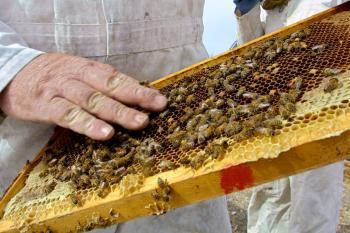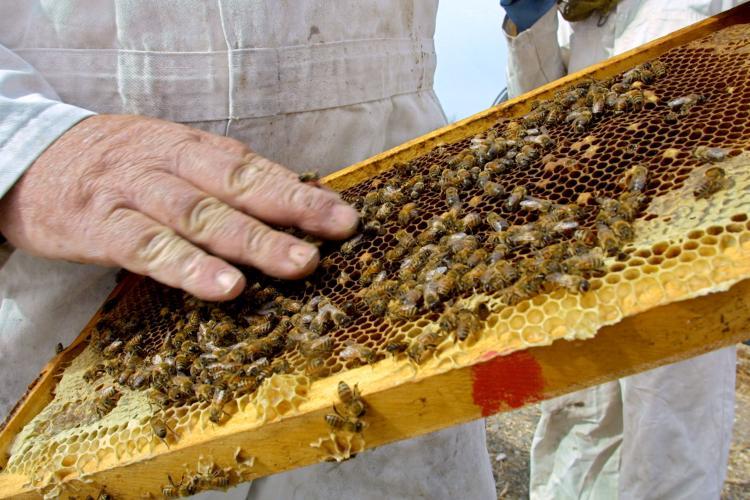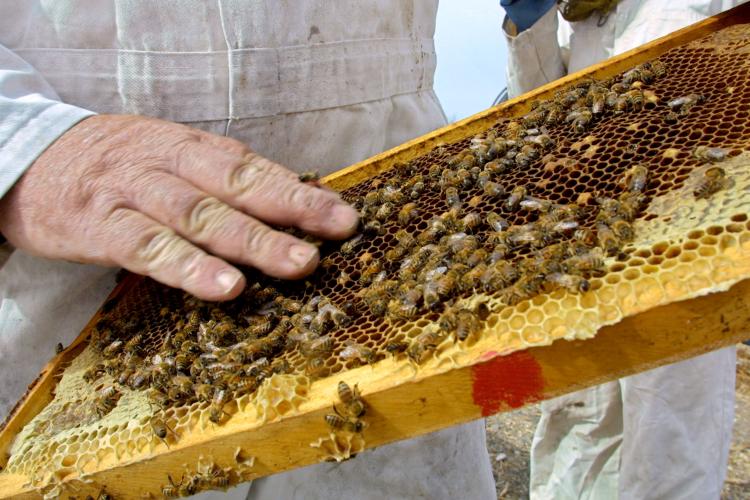Honey can heal mild to moderate burns, a recent systematic review by Cochrane Researchers has concluded. It might be useful as an alternative to traditional wound dressings in treating burns.
“We’re treating these results with caution, but it looks like honey can help speed up healing in some burns,” says lead researcher Dr. Andrew Jull, of the Clinical Trials Research Unit at the University of Auckland, New Zealand, in a statement.
Honey has been used in wound treatment since ancient times. But why honey has such a good effect and the underlying mechanisms are unknown.
While honey may help the body remove dead tissue and provide a favorable environment for the growth of new, healthy tissue, current interest in medicinal honey focuses mostly on its antibacterial effects.
In the Cochrane review, researchers brought together data from 19 clinical trials involving 2,554 patients with a range of different wounds. Honey was more effective in reducing healing time compared to some gauze and film dressings that are often used to treat moderate burns.
However, the researchers were unable to show any clear benefits for the healing of grazes, lacerations, surgical wounds, or leg ulcers. They don’t advise using honey to treat other types of wounds.
“Health services should invest in treatments that have been shown to work,” says Dr Jull.
“But we will keep monitoring new research to try and establish the effect of honey.”
Reference:
Jull AB, Rodgers A, Walker N Honey as a topical treatment for wounds. Cochrane Database of Systematic Reviews 2008, Issue 4.
“We’re treating these results with caution, but it looks like honey can help speed up healing in some burns,” says lead researcher Dr. Andrew Jull, of the Clinical Trials Research Unit at the University of Auckland, New Zealand, in a statement.
Honey has been used in wound treatment since ancient times. But why honey has such a good effect and the underlying mechanisms are unknown.
While honey may help the body remove dead tissue and provide a favorable environment for the growth of new, healthy tissue, current interest in medicinal honey focuses mostly on its antibacterial effects.
In the Cochrane review, researchers brought together data from 19 clinical trials involving 2,554 patients with a range of different wounds. Honey was more effective in reducing healing time compared to some gauze and film dressings that are often used to treat moderate burns.
However, the researchers were unable to show any clear benefits for the healing of grazes, lacerations, surgical wounds, or leg ulcers. They don’t advise using honey to treat other types of wounds.
“Health services should invest in treatments that have been shown to work,” says Dr Jull.
“But we will keep monitoring new research to try and establish the effect of honey.”
Reference:
Jull AB, Rodgers A, Walker N Honey as a topical treatment for wounds. Cochrane Database of Systematic Reviews 2008, Issue 4.








Friends Read Free